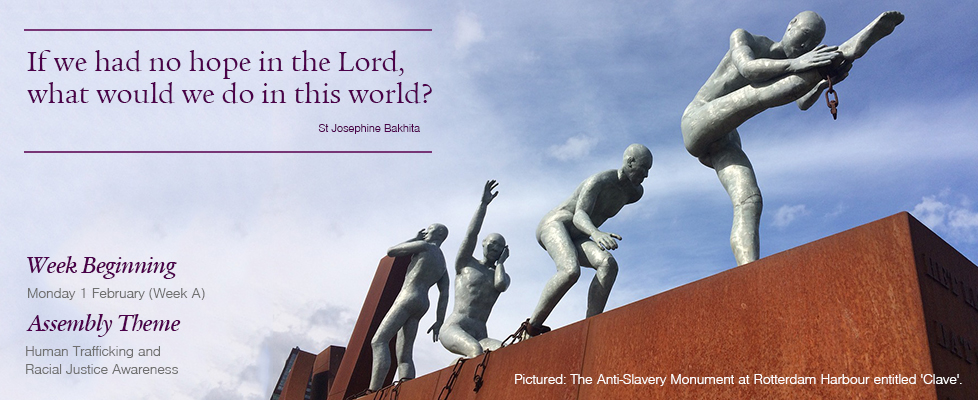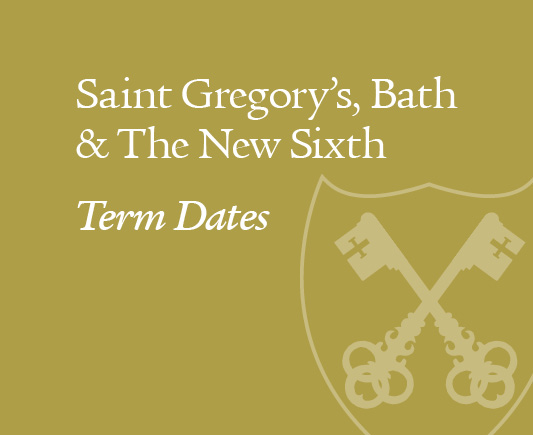As our theme for the week focuses us on human trafficking and racial justice, the image used for this week’s banner is a fascinating reflection on slavery in a harbour
which was at the centre of Dutch involvement in the slave trade. The following excerpts are taken from the blog https://africanartists.blogspot.com/ and give us an insightful look at the thinking and history behind this unique artwork.
Rotterdam Harbour at the Lloyd Pier. This is a location of Media tycoons who like to inhabit trendy loft apartments in the converted Wharf. The location is exculsive and the ideal spot to have a Slavery Monument. Surprisingly, the house prices have risen since the opening, that must be a first in Europe. The people from Surinam and Cape Verde have, for quite some time, campaigned for a National Slave Day and July 1st is to become the Dutch National Day for Slavery and a Nationwide holiday.
On July 1st 1863, exactly 150 years ago, all slaves in Surinam and the Netherlands Antilles were finally granted their freedom, this was 30 years after the British abolished the trade and the Netherlands eventually found their moral compass and followed suit; today, over 80,000 descendents from the Colonial Dutch Caribbean live in the city of Rotterdam, some are the direct descendants, others are related to the contracted workers who replaced the slaves after abolition. Other ethnic groups directly affected by slavery are those originally from the Cape Verdean Islands, off the West Coast of Africa and Rotterdam houses around 23,000 Cape Verdeans, one of which is the artist, Alex de Silva.
This new assignment for his adopted City of Rotterdam is the perfect time to acknowledge his responsibility as an International Artist but also to recognize the importance of the age of slavery and what it means to the black communities around the world. There is a general feeling that the wind has been taken from the sails of those slave-ships. The history stolen and almost rewritten – the evidence must bare the test of time and the black communities must be empowered to record the history correctly.
Made out of a series of welded bright polished steel hand beaten panels, the work stands at 9m high and 5m wide. The work depicts the coming of age for slavery. The beautiful sculptured stainless steel figures look alien in the Rotterdam skyline and the abstract minimal ship blends perfectly with the surrounding architecture. At certain angles the structure becomes almost as abstract as Serra. The work is entitle “Clave”, which is a music note used in many Central and South American music. The Clave is central to the Caribbean beat and features in the Salsa, Rumba, Latin Jazz and is the cornerstone of Cuban music in Afro Cuban rhythm. The work reads as much as a dance as it does a sculpture and hits all the right notes, as the figures are so perfectly moulded together and shine majestically in the Rotterdam skyline.
Alex de Silva is the ideal choice and certainly the only artist in Rotterdam that could have produced such a majestic and thought provoking monument. The subject matter is truly heartfelt. The effects of slavery are so evident in his country of Cape Verde as it was an important place for the Portuguese to trade African slaves with their European partners. Alex de Silva, himself is Creole, a derivative of the verb criar (“to raise”), which was coined in the 15th century, in the trading and military outposts of Cape Verde; it originally referred to descendants of the Portuguese settlers who were born and “raised” locally. The word then spread to other languages adopted from Portuguese slave traders who supplied most of the slaves to South America throughout the 16th century, so he is the ideal artist for this project.
To create a monument is a good start but this repugnant trade in human life warrants more magnitude in order to appease those that have been directly or in-directly affected and reflect on those that have gained…Alex’s grand project is so spectacular and thankfully has been erected in the perfect location, at the mouth of the estuary leading into Rotterdam harbour. The work acts a beacon for all ships coming into Rotterdam, which is the largest port in Europe.




